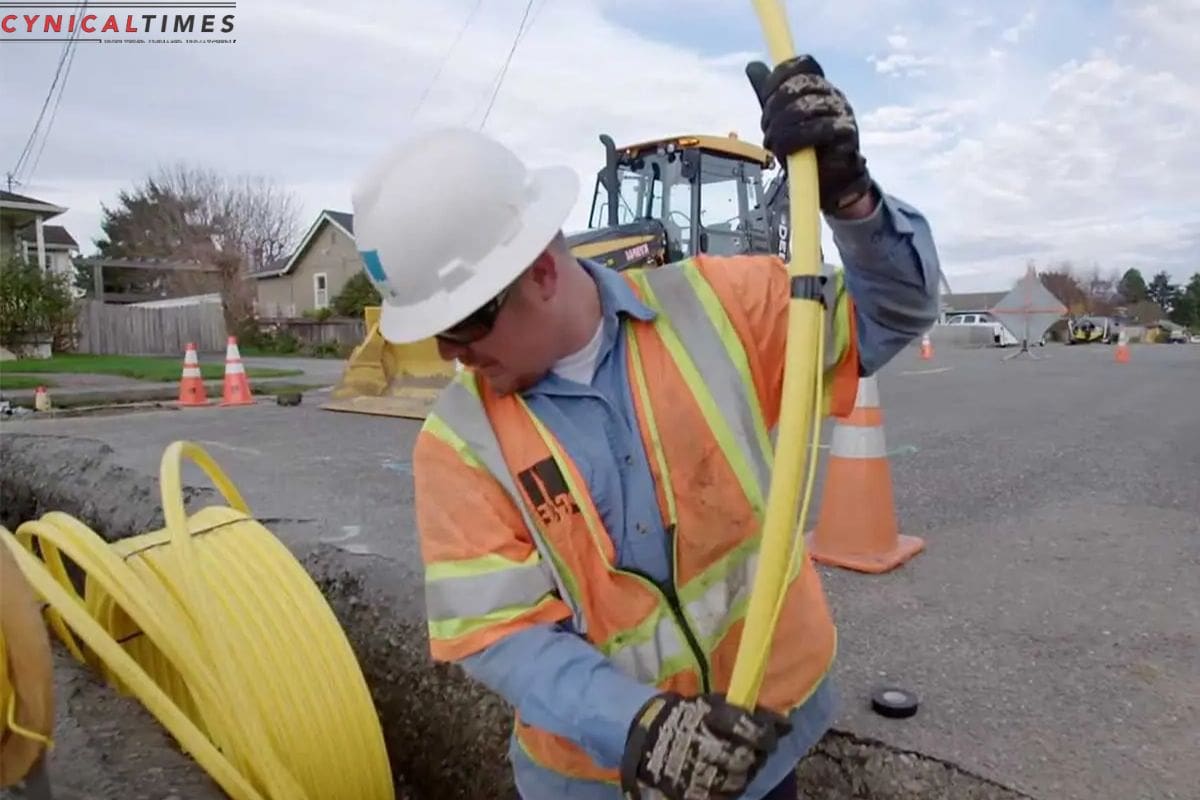Sam Liccardo Takes on PG and E: Former San Jose Mayor Sam Liccardo is taking on a formidable opponent – Pacific Gas and Electric (PG&E). He’s leading a labor-backed coalition called “Fire Accountability Infrastructure for Ratepayers” (FAIR California) to oppose PG&E’s proposed 18% rate hike, which could cost consumers nearly $39 per month. This rate increase is meant to fund a $5 to $9 billion wildfire prevention effort to bury power lines, a move Liccardo and his coalition believe is overly costly.
However, Liccardo’s pivot has raised eyebrows among some labor leaders who question his motives, citing his past as “anti-union.” Jean Cohen, executive director of the South Bay Labor Council, voiced skepticism about Liccardo’s partnership with an organization representing working families.
The International Brotherhood of Electrical Workers, PG&E’s largest union, has also urged caution among labor groups due to Liccardo’s historical stance. FAIR California comprises various organizations, including the Northern California District Council of Laborers, the Northern California Carpenters Regional Council, the International Union of Operating Engineers Local 3, AARP, the Housing Action Coalition, the Latino Business Foundation in Silicon Valley, and multiple chambers of commerce.


Also Read: Santa Clara County Inclusive Advisory Group for Disability Issues
Liccardo’s history includes supporting former San Jose Mayor Chuck Reed’s pension reform, Measure B, in 2012, which faced resistance from labor unions. Although voters approved it, legal challenges later arose, impacting the benefits of current employees. As San Jose’s mayor, Liccardo also initiated the formation of Common Good Silicon Valley in 2021, a political action committee supporting business-friendly candidates.
Liccardo has a longstanding feud with PG&E and has explored alternatives to the utility, including creating a customer-owned utility. Despite these challenges, PG&E emphasizes its commitment to delivering safe and affordable power, especially through undergrounding power lines in high fire-risk areas.
The battle between Liccardo’s coalition and PG&E is a significant development, highlighting the complex dynamics between political figures, labor interests, and major utility companies. It’s a story of financial stakes, past decisions, and the ongoing pursuit of reliable, cost-effective energy solutions.
Our Reader’s Queries
What is third party electric on my PGE bill?
A CCA is an independent electricity provider that generates power for your use, while PG&E is responsible for delivering it to you. Although PG&E can offer both services to most customers, some cities and counties have opted for third-party options like CCAs. These companies provide a unique alternative to traditional electricity providers, giving customers more control over their energy choices.
What is the PGE distribution charge?
The Distribution Charge is the fee for the lower-voltage system that includes power lines, poles, substations, and transformers. This system directly connects PG&E distribution lines to homes and businesses. It is an essential component of the power supply chain, ensuring that electricity is delivered safely and efficiently to end-users. The Distribution Charge is a necessary expense that reflects the cost of maintaining and upgrading this critical infrastructure. It is a small price to pay for the convenience and reliability of having electricity readily available at your fingertips.
Who is PG&E owned by?
PG&E, the primary subsidiary of PG&E Corporation, is regulated by the California Public Utilities Commission. With a market capitalization of $3.242 billion as of January 16, 2019, PG&E is a leading player in the industry.
Can PG&E shut off your power?
Your monthly bill will display a 15-day notice indicating that your service may be disconnected. The bill will also specify the payment due date to avoid disconnection. In case of non-payment, a 48-hour notice will be issued before the expiration date, reminding you to make the payment as soon as possible.

